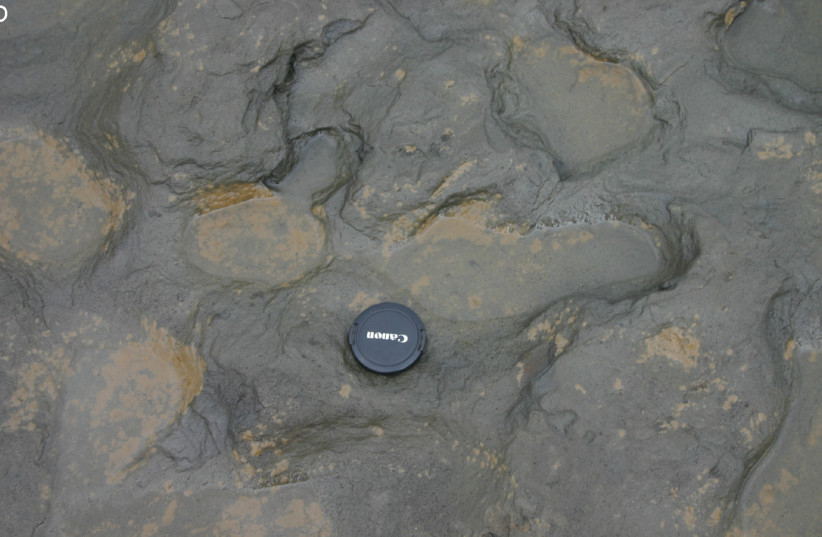Approximately 88 human footprints believed to be from more than 12,000 years ago have been discovered in salt flats of Utah's Great Salt Lake desert by a Cornell University research team, according to the university.
The lead researcher, Thomas Urban, determined that the prints belonged to adults and children who were walking through shallow water during the Ice Age, when the now dry landscape was masked in wetlands. The sand in the water quickly filled in their footprints, but mud underneath kept the prints intact. The prints are coined “ghost tracks” – tracks that appear suddenly for a short time when moisture conditions are right, and then disappear again.
"Serendipitous find"
“It was a truly serendipitous find,” Urban said in a statement through the university. The encounter occurred during a survey of the Air Force's Utah Testing and Training Range. Urban previously made a similar discovery at White Sands National Park, which ended up being the earliest known footprints in the Americas.
While additional research is needed to confirm the new find – because there haven’t been any wetland conditions in at least 10,000 years that could have produced such footprint trails in this remote area of the Great Salt Lake desert – Urban and his fellow investigators said the prints are likely more than 12,000 years old.

